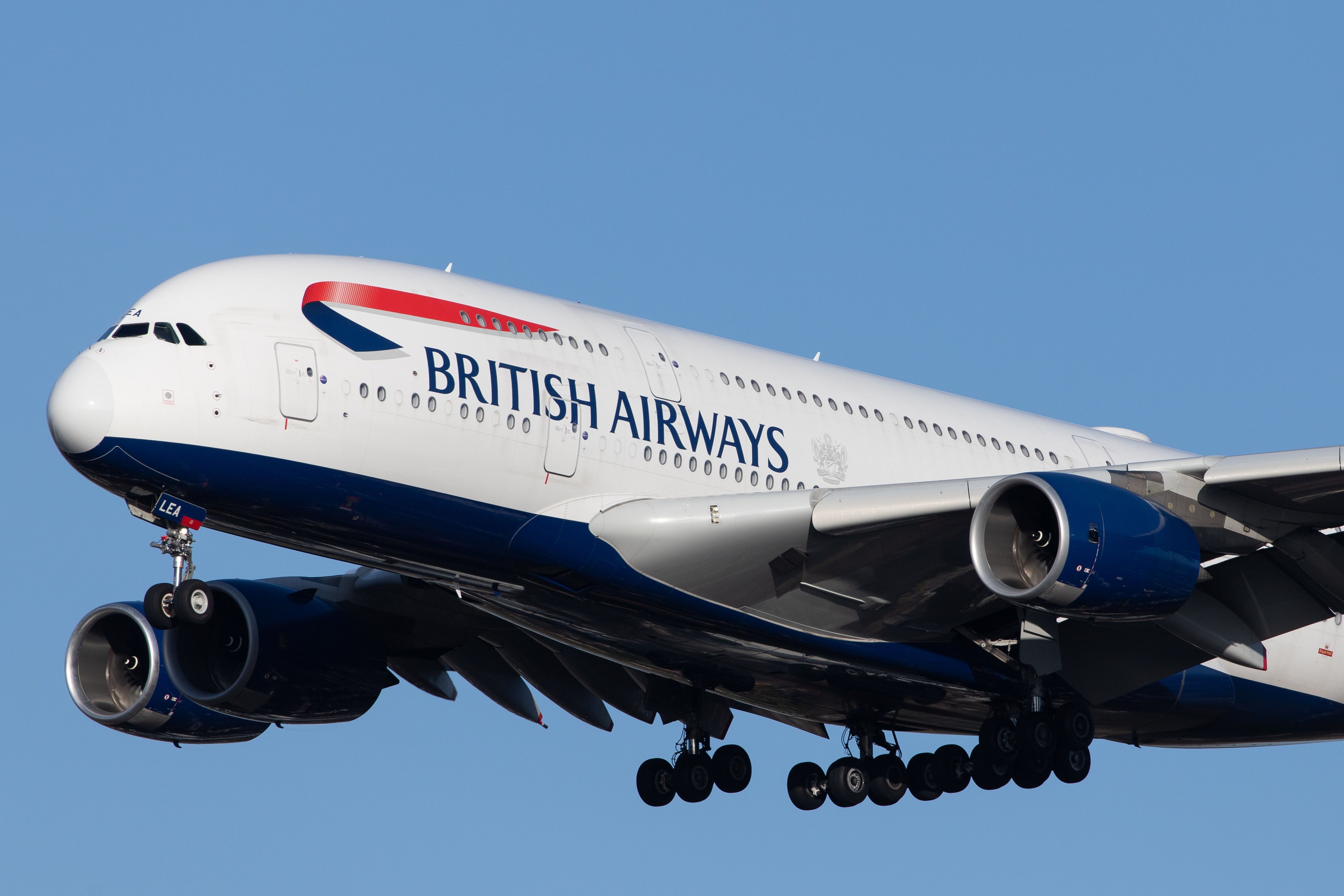Summary Flights over Afghanistan have increased due to safety concerns over Israeli and Iranian airspace. Major airlines like Air France, British Airways, and Lufthansa have adjusted routes to mitigate risks. More than seven times as many flights over Afghanistan compared to last year.
Airlines are increasingly utilizing Afghanistan's airspace during long-haul flights, deeming the country as a safer option to Israeli and Iranian airspace. As the threat of a larger conflict between Israel and Iran remains, major airlines are routing their flights to over Afghanistan despite a history of avoiding the airspace since the Taliban's return to power. Airlines increase flights over Afghanistan According to an analysis by Reuters based on data from Flightradar24 , there were seven times more flights over Afghanistan in the second week of this August compared to the year prior, demonstrating an increasing willingness by carriers to fly over airspace they have typically avoided in recent years.

This is despite the fact that the Taliban stopped air traffic control services three years ago after returning to power. The change started in April in the aftermath of Iran's drone and missile attack on Israel, which was largely thwarted by air defenses. By then, multiple airlines, including Air France-KLM, British Airways, Lufthansa, Singapore Airlines and Turkish Airlines, started adopted new routings over Afghanistan for their long-haul services.
A spokesperson for KLM told Reuters that its flights safely fly over Afghanistan " only on specific routes and only at high altitudes ," while a Lufthansa spokesperson confirmed the airline started routing over Afghanistan in early July due to the security situation. Ian Petchenik, a spokesperson for Flightradar24, said, "As conflicts have evolved, the calculus of which airspace to use has changed. Airlines are seeking to mitigate risk as much as possible and they see overflying Afghanistan as the safer option given the current tensions between Iran and Israel.
" The Federal Aviation Administration (FAA) lifted its ban on flying over Afghanistan last year , but under the stipulation that aircraft remain above 32,000 ft (9,753 meters) due to the threat of surface-to-air missiles. This is precisely what happened to Malaysia Airlines Flight 17 when it flew over Ukraine in 2014. Nonetheless, most airlines continued to avoid flying over Afghanistan due to the missile threat.
Avoiding Israel and Iran airspace The ongoing Israel-Iran situation further complicates the situation for many carriers that are already prohibited from overflying Russian territory. This has forced airlines flying to Asia and Oceania to operate less-than-optimal routings, typically over the Middle East and Iran. Airlines continue to monitor the situation in the Middle East.
The recent assassinations of leading Hamas and Hezbollah figures have only aggravated tensions further, leading to a major uptick in Afghanistan overflights since the end of July. Plenty of airlines have cut or significantly reduced flights to Israel in recent months, including US majors Delta and United, while Lebanese airspace has also seen intermittent closures. The US has boosted its military presence in the region with the recent arrival of the aircraft carrier USS Abraham Lincoln, equipped with F-35C Lightning II multirole fighters.
The US and other allies played a small but handy role in defending Israel from Iranian missiles in April and could be called upon again..



















